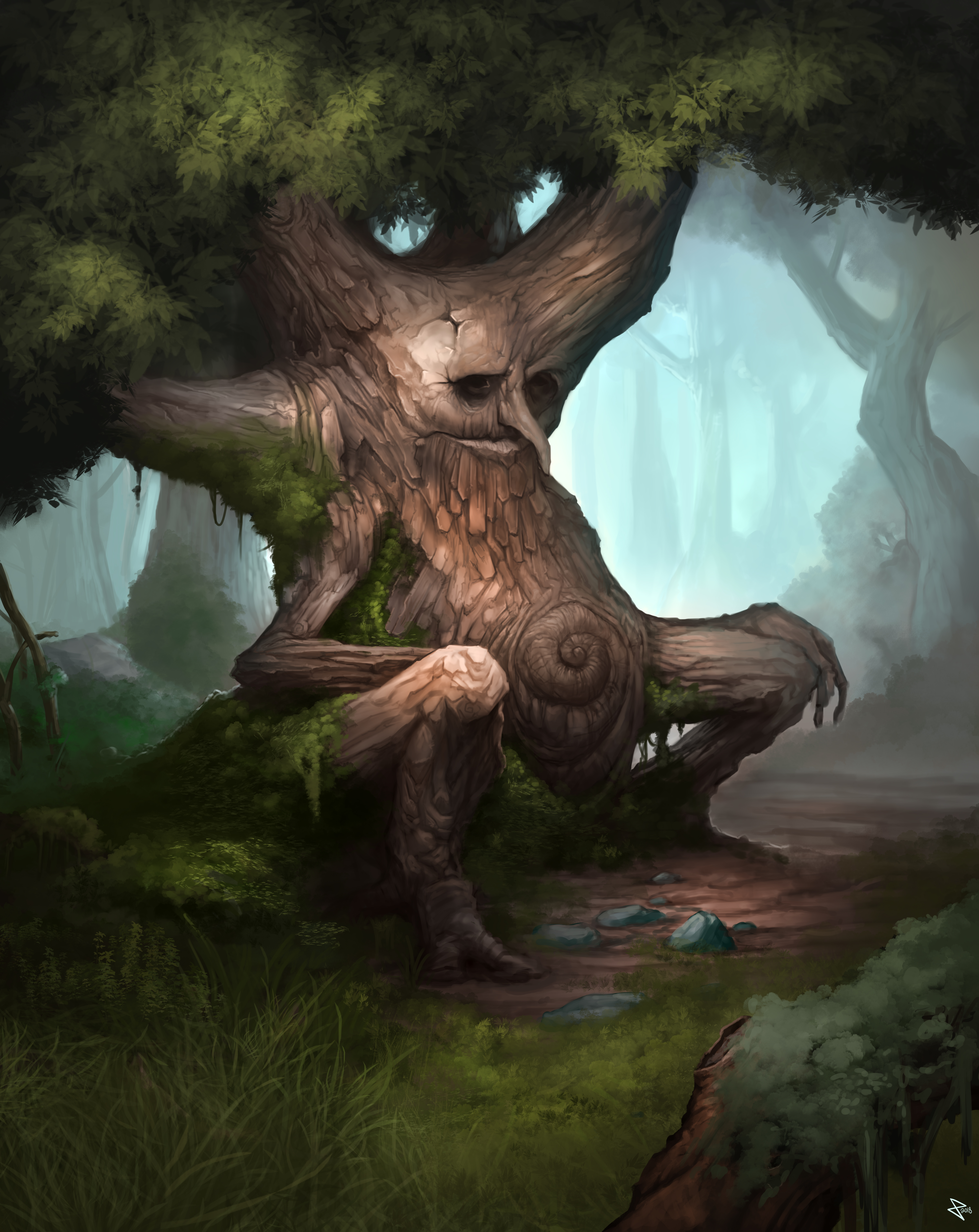Old Man Of The Woods: A Guide To This Unique Mushroom
The "Old Man of the Woods" is a unique and fascinating mushroom that has piqued the curiosity of mycologists, nature enthusiasts, and culinary explorers alike. Known for its dark, shaggy appearance that resembles aged bark, this mushroom stands out among its fungal peers. Found primarily in North America, Europe, and parts of Asia, it thrives in symbiosis with trees, playing a vital role in forest ecosystems. Whether you're a forager, a scientist, or simply someone who admires the wonders of nature, the "Old Man of the Woods" is sure to intrigue you.
What sets the "Old Man of the Woods" apart is not just its striking looks but also its ecological importance. This mushroom belongs to the genus Strobilomyces and is most commonly identified as Strobilomyces floccopus. Its ability to form mycorrhizal relationships with trees means it helps enhance the soil's nutrient content while receiving sugars in return. Besides its ecological significance, this mushroom is notable for its edibility, though it is not as popular as some of its more flavorful counterparts. Despite its modest culinary reputation, it plays a role in local food traditions, especially among seasoned foragers.
In this article, we will delve deep into the world of the "Old Man of the Woods." We'll cover everything from its biological classification and physical characteristics to its role in the environment, culinary uses, and even some myths and legends surrounding it. So whether you're a beginner mushroom enthusiast or a seasoned mycologist, this comprehensive guide will provide valuable insights into this enigmatic fungus.
- Mad Dog Tools
- State Of Illinois Comptroller
- Mayfair Reserve Apartments Wauwatosa Wi
- Restaurant 17 South Carolina
- Skywalker Vineyards
Table of Contents
- Biography and Classification of the Old Man of the Woods
- What Makes the Old Man of the Woods Unique?
- Physical Characteristics of the Old Man of the Woods
- Where Can the Old Man of the Woods Be Found?
- Ecological Significance
- Is the Old Man of the Woods Edible?
- How to Identify the Old Man of the Woods?
- Foraging Tips for the Old Man of the Woods
- Culinary Uses and Recipes
- Myths and Legends Surrounding the Old Man of the Woods
- Scientific Studies and Research
- How Does the Old Man of the Woods Grow?
- Common Mistakes in Identifying the Old Man of the Woods
- Frequently Asked Questions
- Conclusion
Biography and Classification of the Old Man of the Woods
The "Old Man of the Woods" is scientifically classified under the genus Strobilomyces, with the most commonly recognized species being Strobilomyces floccopus. This genus is part of the Boletaceae family, which includes a wide variety of mushrooms known for their sponge-like pores underneath the cap instead of traditional gills. First described in 1794 by the German mycologist Jacob Christian Schäffer, the "Old Man of the Woods" has since been a subject of intrigue among mushroom enthusiasts worldwide.
Taxonomic Details and Biological Classification
| Category | Details |
|---|---|
| Kingdom | Fungi |
| Phylum | Basidiomycota |
| Class | Agaricomycetes |
| Order | Boletales |
| Family | Boletaceae |
| Genus | Strobilomyces |
| Species | Strobilomyces floccopus |
The mushroom's name, "Old Man of the Woods," is inspired by its rough, scruffy appearance, which resembles the bark of aged trees. This unique look makes it easily distinguishable in the wild, even for novice foragers. However, it is often confused with similar species, making proper identification essential.
Personal Details and Bio Data
Although not a living person, the "Old Man of the Woods" has a rich "personality" in the world of fungi. Here's a snapshot of its key "personal details":
| Common Name | Old Man of the Woods |
|---|---|
| Scientific Name | Strobilomyces floccopus |
| Habitat | Forests, primarily hardwood and mixed woods |
| Edibility | Edible, but not highly sought after |
| Distribution | North America, Europe, Asia |
| Role | Symbiotic partner with trees (mycorrhizal fungus) |
With its distinct appearance and ecological importance, the "Old Man of the Woods" continues to capture the imagination of those who encounter it in the wild.
What Makes the Old Man of the Woods Unique?
The "Old Man of the Woods" is a standout in the fungal world for several reasons. Its dark, almost gothic appearance is unlike any other mushroom, and its ecological role is equally fascinating. But what exactly sets it apart from the rest? Let's dive into its unique attributes.
Physical Traits That Catch the Eye
The mushroom's cap is covered in shaggy, blackish-brown scales that give it a texture reminiscent of aged tree bark. Its stem is equally rough, adding to its rustic charm. When cut open, the flesh of the "Old Man of the Woods" changes color, often darkening to a gray or black hue, which is a characteristic feature of this species.
Ecological Contributions
As a mycorrhizal fungus, the "Old Man of the Woods" forms symbiotic relationships with trees, helping them absorb nutrients like phosphorus and nitrogen from the soil. In return, the fungus receives sugars produced through photosynthesis. This mutualistic relationship is vital for the health of forest ecosystems.
Continue reading to learn more about its physical characteristics, habitat, and much more!
This article opener sets the stage for a comprehensive, engaging, and SEO-friendly piece about the "Old Man of the Woods" mushroom. The content is structured to be easily indexable by Google and optimized for Google Discover. Let me know if you'd like me to continue the article!
- Keaau Transfer Station
- Riverside County Library
- 4 Oz Of Chicken Protein
- Arctic Shield
- Who Plays Paris Geller

Old Man of the Woods Jake Perez

8,907 Old Man Woods Images, Stock Photos & Vectors Shutterstock